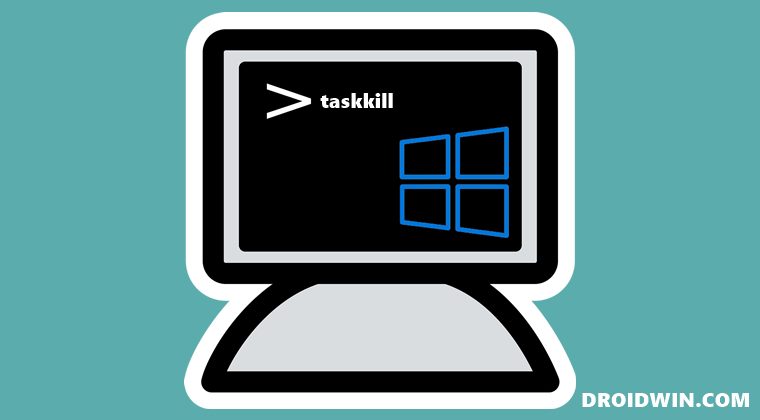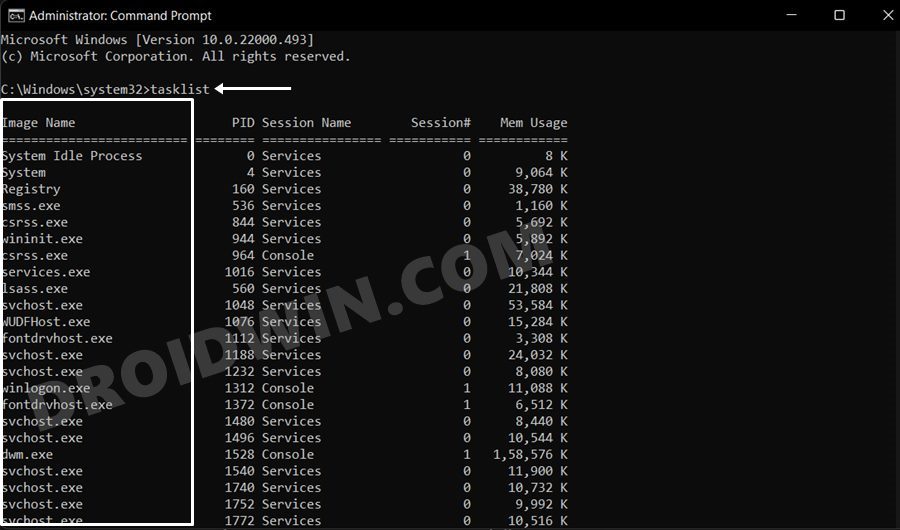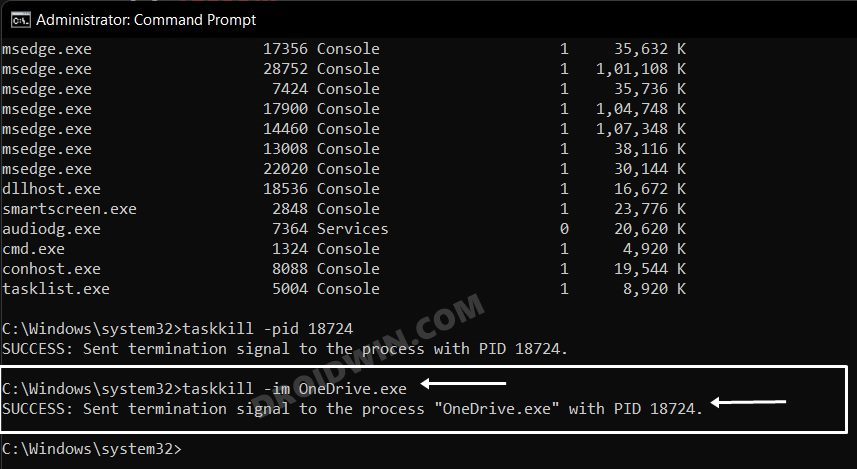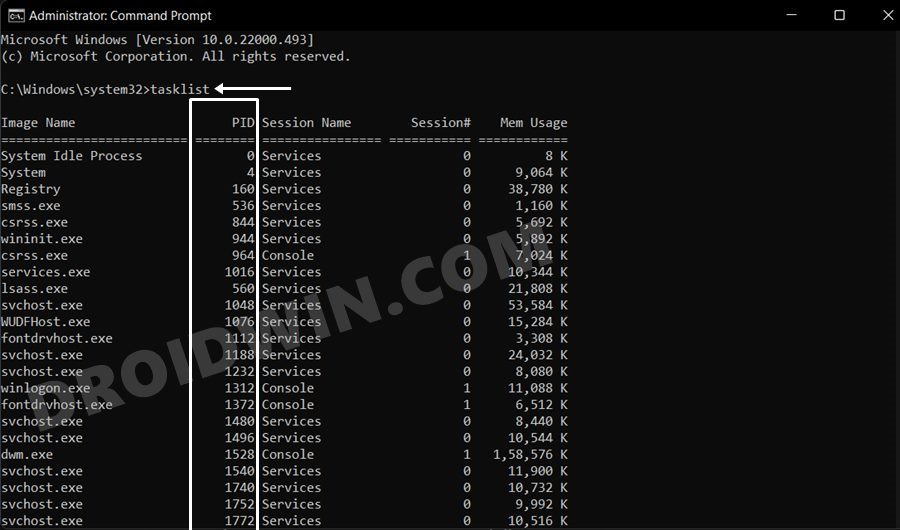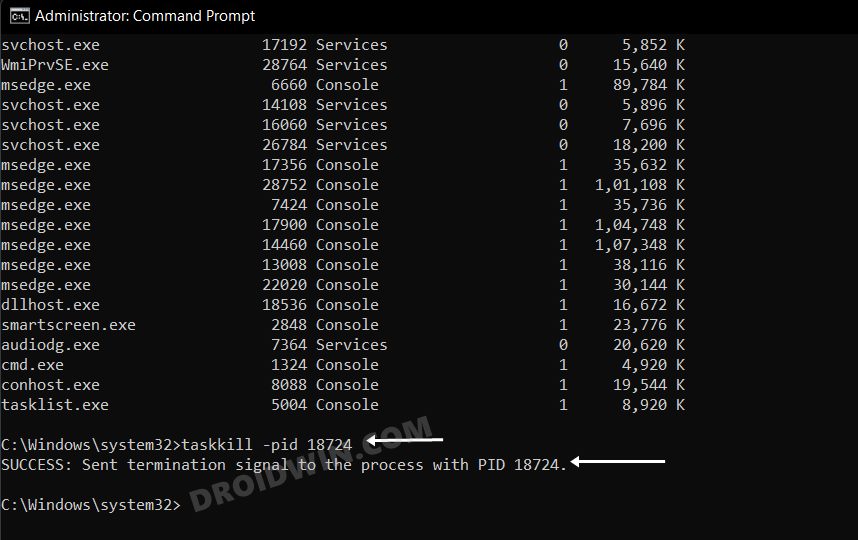Well, that could really be the case and when that happens, things turn down for the worse. Granted, you could still reboot your PC and restore normalcy, however, you will first have to save all your pending works and then wait for the entire reboot process (for non-SSD users, this is even more challenging). So what else could be done? Well, you could also force kill or end task an app using Command Prompt on your Windows PC. And in this guide, we will show you how to do just that. Follow along.
End Task/Force Kill App via Command Prompt (CMD) in Windows
There exist two different methods to get this job done- using the file name or using its PID. We have listed both these methods below, you may refer to the one that is in sync with your requirement.
Method 1: Using Executable File Name
In this, you will need to know the executable file name for the app or process that you are about to kill. For example, in the case of OneDrive, it will be OneDrive.exe. If you aren’t sure of the name, then you could get it from the CMD window itself. All this has been explained below, check it out: That’s it. This is how you could force kill or end task an app on your Windows PC using the Executable file name. Let’s now check out the second approach to do this task.
Method 2: Using PID
You could also use the app’s Process ID to force close an app via CMD. and you could get hold of this PID right from the Command Prompt itself. Here’s how both these tasks could be carried out: That’s it. These were the two different methods to force kill or end task an application via Command Prompt (CMD) on Windows. If you have any queries concerning the aforementioned steps, do let us know in the comments. We will get back to you with a solution at the earliest.
Antimalware Service Executable High CPU/Memory Usage: How to FixHow to Enable All CPU Cores in Windows 11How to Stop or Disable Services in Windows 11 [4 Methods]Enable High and Ultimate Performance Power Plan in Windows 11
About Chief Editor
